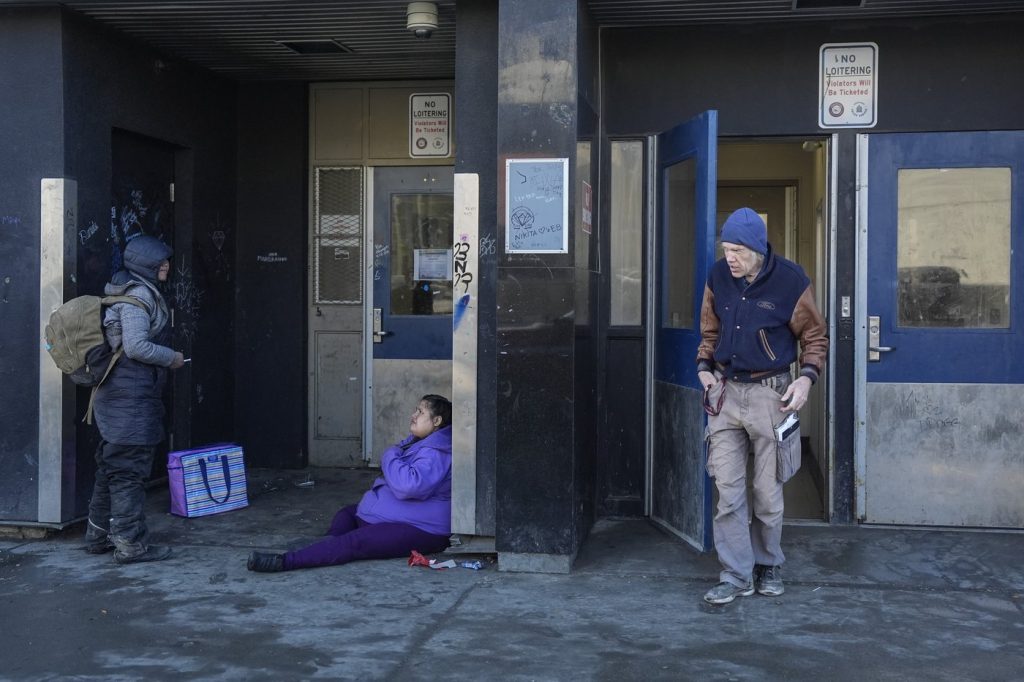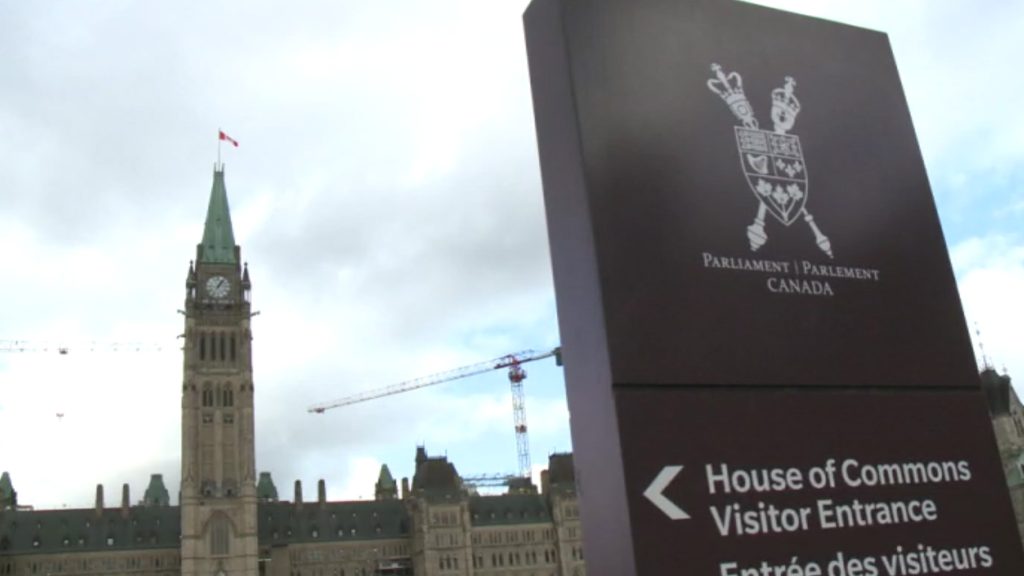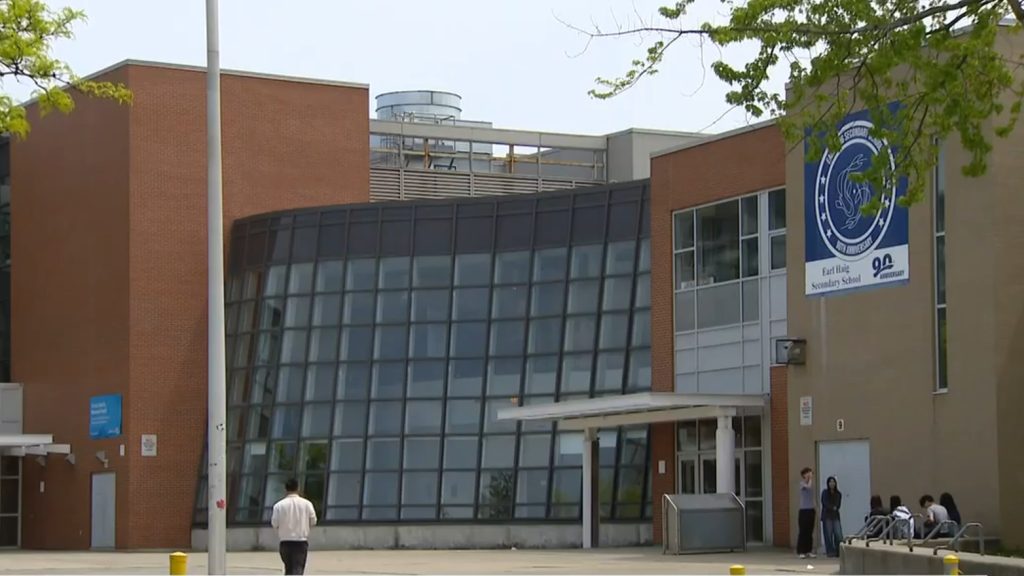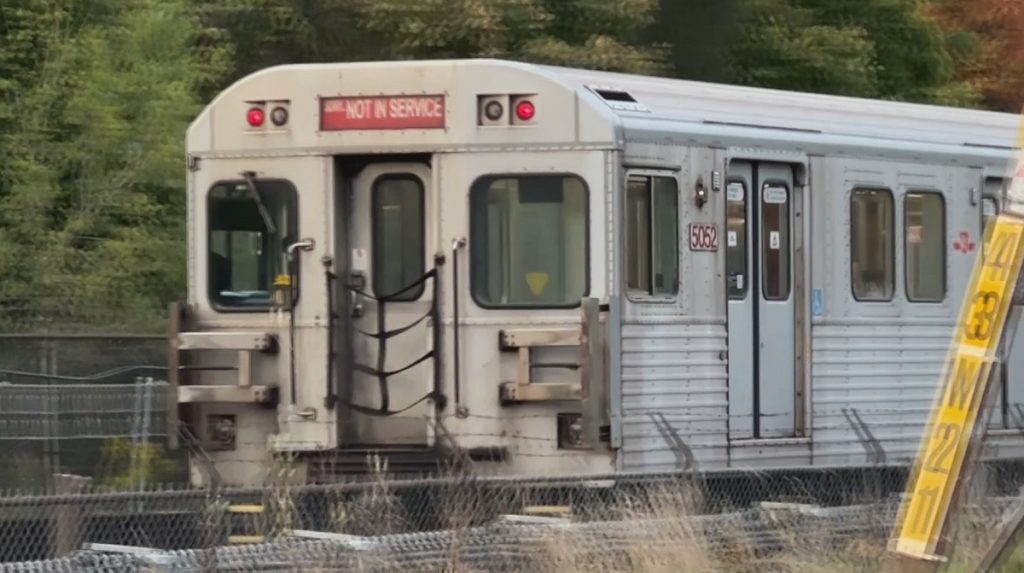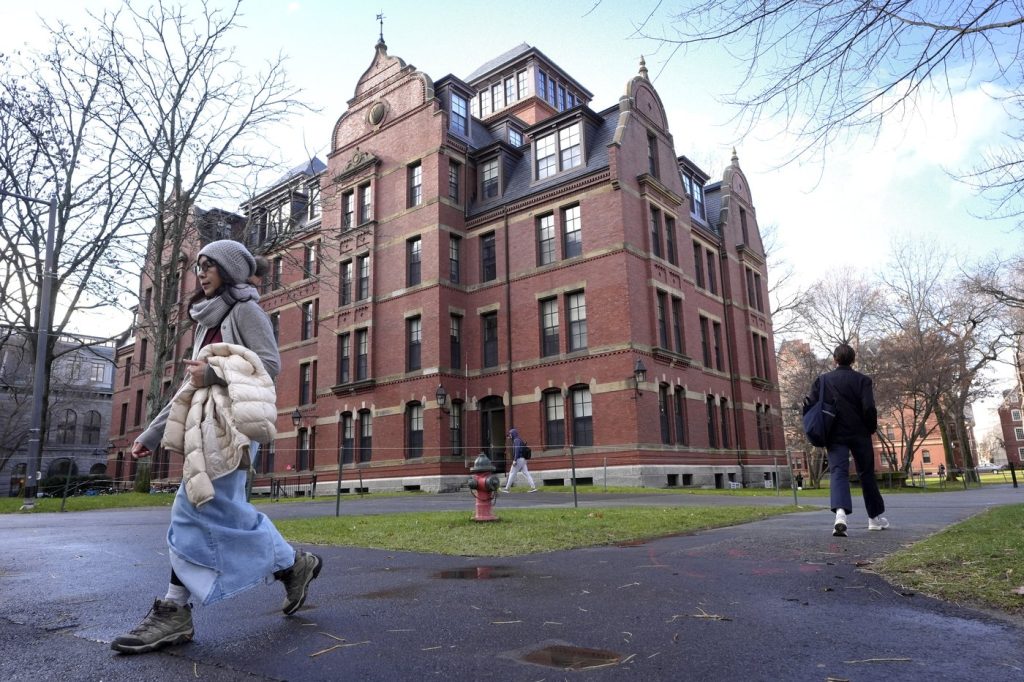SASKATOON – The black concrete walls of Saskatoon's Prairie Harm Reduction building serve as a poignant reminder of the impact of the city's ongoing drug crisis. Names of individuals who have died, primarily from drug poisoning, are scrawled on the exterior, including that of a woman known as Baby Sis, who passed away in January. Kim Randall, the director of support services, highlighted the emotional toll these losses bring on the community.
Vern Keeper, a support worker, shares his own heartbreak, revealing that he lost his partner, Charity, five years ago, and her name is also engraved on the wall. He described the overwhelming frequency of overdoses, stating, "Every day, two or three overdoses. Thank God we get there on time for many of them." The situation has been exacerbated by an influx of highly toxic drugs, characterized by light pink or dark purple pills, that surfaced in Saskatoon in January.
Kayla DeMong, the executive director of Prairie Harm Reduction, remarked that the walls have had more names added in recent weeks. She conveyed her grief, saying, "I have an envelope in my office full of funeral cards. We used to hang them up. I can’t look at them anymore." The organization's drop-in center recently reopened after a temporary closure to allow staff to recuperate. However, the safe consumption room remains shut until a new paramedic is hired, following the burnout of the previous paramedic. Signs in the center promote carrying naloxone, drug testing, and not using alone, while clients engage in everyday activities like drinking coffee and socializing.
The situation on the streets is dire. Joseph Little Crow, 47, recounted nearly succumbing to fentanyl outside the center a month ago, needing three doses of naloxone from responding firefighters. Despite surviving, he expressed a deep frustration with his circumstances, reflecting on a painful struggle after being sober for two years.
The drug crisis has also profoundly affected first responders, prompting a surge in emergency calls. Saskatoon public libraries have faced closures due to overdoses and violence, with the Dr. Freda Ahenakew and Frances Morrison Central libraries expected to reopen on April 21 under new security measures. Data indicates that firefighters have responded to 901 drug poisoning calls since January, with many occurring in March alone—up from 352 calls at the same time last year.
The Saskatchewan Coroners Service has confirmed seven overdose deaths in Saskatoon this year, with 16 confirmed across the province and an additional 76 suspected to be overdose-related. Dwayne Jobson, a battalion chief with the Saskatoon Fire Department, expressed disbelief at the crisis, stating, "What word should I use? Ridiculous. Overwhelming." The severity of some substances has rendered naloxone less effective, contributing to a concerning trend of paralysis among overdose victims.
Survivors and community members navigate the streets, with many experiencing homelessness. Jobson noted that compassion for those struggling is crucial, stating, “All of us have empathy for these people. We’re just there to help.” Pamela Goulden-McLeod, director of emergency management, acknowledged a slight decrease in overdose calls but confirmed that they remain above average, with ongoing collaboration with the provincial government to address the crisis through increased naloxone distribution and additional paramedics.
Mayor Cynthia Block emphasized the urgent need for more housing solutions, particularly supportive services. She revealed that the city plans to open the first phase of a new supportive housing facility within the year and lamented the temporary closures of warming shelters. Block criticized the repetitive cycle of inadequate responses, urging a partnership with the province to improve housing conditions year-round.
DeMong echoed this sentiment, advocating for a more substantial investment in housing, healthcare, and education as foundational solutions to the crisis. “If we were to properly invest in these areas, we would not be in the situation that we are in,” she asserted, highlighting a collective failure to address these systemic issues effectively.


